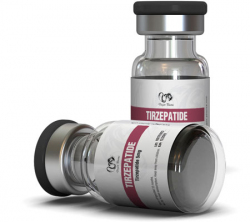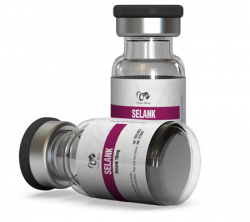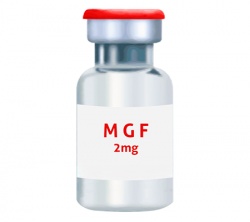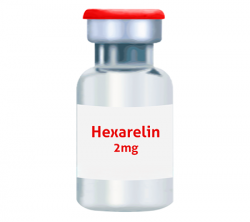Your cart is currently empty!
Tirzepatide 5 mg
Tirzepatide is a glucose-dependent insulinotropic polypeptide (GIP) receptor and glucagon-like peptide-1 (GLP-1) receptor agonist, which is FDA-approved for treating type 2 diabetes mellitus. It is important to note that tirzepatide is not approved for treating type-1 diabetes mellitus and has not been studied in patients with pancreatitis. Tirzepatide is a GIP receptor and GLP-1 receptor […]
Description
Tirzepatide is a glucose-dependent insulinotropic polypeptide (GIP) receptor and glucagon-like peptide-1 (GLP-1) receptor agonist, which is FDA-approved for treating type 2 diabetes mellitus. It is important to note that tirzepatide is not approved for treating type-1 diabetes mellitus and has not been studied in patients with pancreatitis. Tirzepatide is a GIP receptor and GLP-1 receptor agonist, leading to significantly improved glycemic control in type 2 diabetics and significant weight reduction.
Tirzepatide can also be used off-label for treating obesity. It is currently implemented as a second-line diabetes medication, similar to GLP-1 medications like semaglutide. It is a once-a-week subcutaneous injectable medication with incremental dose increases.
Tirzepatide is a synthetic peptide; and a dual gastric inhibitory polypeptide (GIP) and glucagon-like peptide 1 (GLP-1) receptor agonist. It is composed of 39 amino acids and is an analog of the gastric inhibitory polypeptide. Functionally, it stimulates insulin release from the pancreas and leads to a reduction of hyperglycemia. In addition, Tirzepatide also increases the levels of adiponectin. Its dual agonism ability leads to a more significant reduction of hyperglycemia than GLP-1 agonist agents alone and lowers the user’s appetite.
Pharmacokinetics:
Absorption: Tirzepatide has a bioavailability of approximately 80%. The time it takes to reach peak serum levels can range from 8 to 72 hours.
Distribution: The mean apparent steady-state volume of distribution(Vd) of tirzepatide is approximately 10.3 L. Tirzepatide is highly bound to plasma albumin (99%).
Metabolism: Once injected, the peptide structure undergoes proteolytic cleavage. In addition, the C20 fatty diacid composition undergoes beta-oxidation and amide hydrolysis.
Excretion: Tirzepatide has a half-life of 5 days, allowing once-weekly dosing, and is cleared in urine and feces in the form of metabolites.






Reviews
There are no reviews yet.